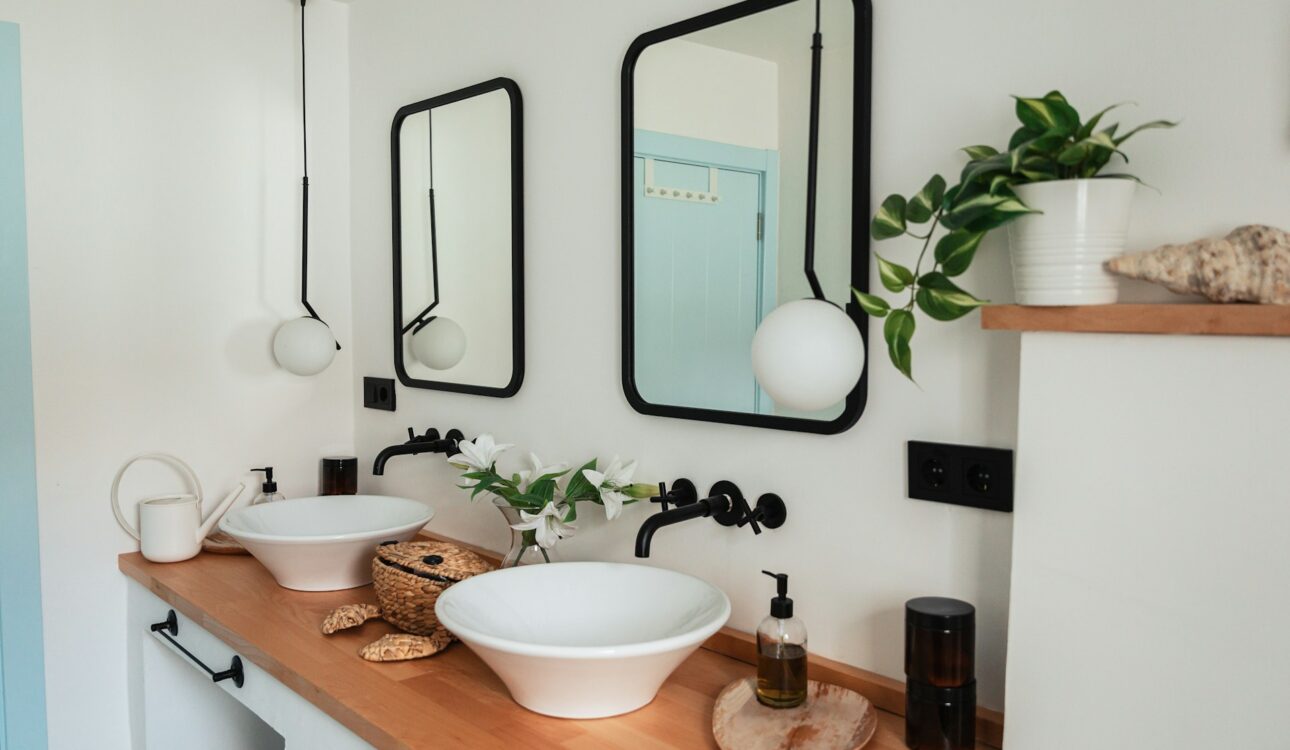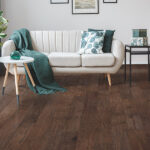When considering a bath remodel, one of the most important factors to plan is your budget. As a homeowner in Richmond, VA, you likely want to upgrade your bathroom while keeping costs manageable. A bathroom remodel can enhance the beauty and functionality of your home, but if you’re not careful, it can also become an expensive project. Knowing how to budget for a bath remodel can help you navigate the process and avoid overspending. Here’s a guide to help you plan your bathroom remodeling project and get the most value for your investment.
Assessing Your Overall Budget
Before diving into your bath remodeling project, it’s essential to have a clear understanding of your overall budget. Think about how much you’re willing to invest in this home improvement without straining your finances. Consider whether you’ll be paying for the remodel with savings or taking out a personal loan to cover the cost. For most homeowners, the bathroom remodel budget will be based on a combination of these factors.
On average, a mid-range bathroom remodel in the U.S. can cost between $15,000 and $30,000, depending on the complexity of the project. In Richmond, prices can vary, but understanding the national bath remodeling costs can give you a ballpark figure to start with. For a high-end renovation project that includes custom cabinets and luxury features, you might expect the cost to go up significantly. Defining your limits early on will help you stay on track as you make decisions about materials, labor, and other expenses.
Understanding Bathroom Remodel Cost Breakdown
When budgeting for your bathroom remodel, break down the costs into manageable categories. Here’s a typical allocation:
- Labor costs: Labor can take up about 40-65% of your budget. Hiring experienced professionals ensures quality work, but it comes at a price. Be sure to get multiple quotes from contractors in the Richmond area to ensure you’re getting a fair rate.
- Materials: Depending on your taste and the scope of your project, materials such as flooring, fixtures, and cabinetry can range widely. Tile flooring, for example, can vary from affordable ceramic to high-end natural stone. The cost of custom cabinets can also escalate quickly, so you’ll want to keep this in mind as you choose options that fit your style and budget.
- Plumbing and electrical: If your remodel involves moving plumbing fixtures or updating electrical wiring, expect additional costs. These changes require specialized skills and can increase your total renovation budget.
- Square footage: The size of your bathroom will impact the overall cost. A larger bathroom means more materials and higher labor costs, whereas smaller spaces may require less but still involve intricate planning to optimize the layout.
Once you understand the cost breakdown, you’ll have a clearer picture of how to allocate your funds to different areas of the project.
Tips to Save Money on Your Bathroom Remodel
Remodeling a bathroom doesn’t have to break the bank. With a bit of planning, there are ways to save money while still achieving the look and functionality you desire.
- Work within your existing floor plan: One of the most significant expenses in a bathroom remodel comes from changing the layout. If possible, keep the current floor plan intact to avoid moving plumbing and electrical lines. This simple decision can significantly reduce labor costs.
- Choose mid-range materials: You don’t have to splurge on the most expensive finishes to get a stunning bathroom. Opt for mid-range materials that offer durability and style without inflating your budget. For instance, laminate or LVP flooring can mimic the look of wood or stone at a fraction of the price.
- Do some of the work yourself: While it’s essential to leave specialized tasks like electrical work to professionals, you can save money by handling simpler tasks yourself. Painting, demolition, or even installing some of the hardware are DIY-friendly jobs that can lower labor costs.
- Buy materials in advance: One way to save money is by purchasing materials in advance. Sometimes, stores like Flooring RVA in Richmond, VA, offer discounts on bulk purchases or have clearance sales where you can find tile or flooring at a lower price. Stocking up early can help avoid the high costs of last-minute purchases.
Financing Options for Your Bath Remodel
Many homeowners in Richmond choose to finance their bath remodeling projects using personal loans, home equity loans, or lines of credit. Each option has its benefits, so it’s essential to research which one best fits your financial situation.
A personal loan might be the easiest option if you’re looking for a straightforward way to cover costs. However, if you have significant equity in your home, a home equity loan or line of credit might offer lower interest rates. Keep in mind that borrowing for a renovation will increase your total project cost in the long run due to interest payments, so weigh the pros and cons carefully before making a decision.
Determining the Scope of Your Remodel
One of the first things to consider when budgeting for your bathroom remodel is the scope of the project. Are you simply updating outdated fixtures, or are you planning a complete overhaul? If your bathroom’s square footage is small, a cosmetic update with new flooring, fixtures, and paint may be all you need. Larger bathrooms or those that need significant structural changes may require more extensive work and a larger budget.
Take time to assess your needs versus wants. If new countertops or custom cabinets are a priority, you may have to compromise in other areas to stay within budget. If your goal is a luxurious, spa-like experience, you’ll want to allocate more of your budget toward high-end materials and finishes.
Plan for Unexpected Costs
Even the best-planned remodeling projects come with surprises. Whether it’s discovering water damage beneath the floors or realizing the plumbing needs to be upgraded, it’s wise to set aside about 10-15% of your renovation budget for unexpected costs. This cushion ensures that you won’t be caught off guard if something unplanned comes up during the remodel.
The Impact of Square Footage on Your Budget
Another crucial element to consider is the size of your bathroom. Larger spaces naturally require more materials, which will increase costs. However, smaller spaces often demand custom solutions, particularly with fixtures, cabinetry, and storage. When calculating your bathroom remodel cost, square footage plays a critical role. The more space you’re working with, the more careful planning is required to ensure you’re not overspending on materials that may not be necessary.
Budgeting for a bathroom remodel requires careful thought and planning, but it’s entirely possible to create a beautiful space without going overboard. With a clear understanding of your renovation budget, labor costs, and the right mix of mid-range materials, you can achieve a stylish and functional bathroom that fits your home improvement goals.






